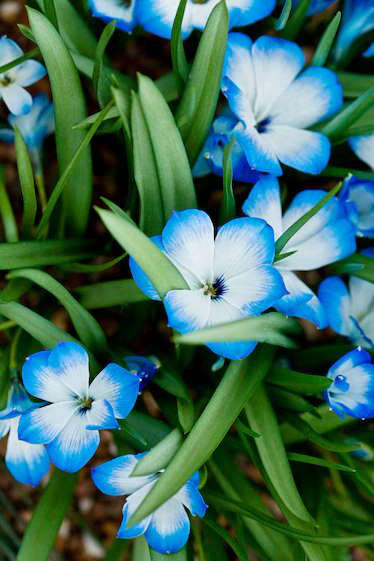(Gardeners’ demand for the Chilean crocus nearly drove it extinct in the wild by the 1950s. But in 2001, a thriving population was found on land south of Santiago. PHOTOGRAPH BY SELECTPHOTO/ALAMY STOCK PHOTO)
// 3 mins read
When you conjure up “extinction” in your mind’s eye, you probably see an animal—a dodo, perhaps, or a Tasmanian tiger. But the biodiversity crisis isn’t just faunal, it’s floral too. Since the 1750s, at least 571 species of plants have gone extinct in the wild, according to a global survey recently published in Nature Ecology & Evolution.
More than eight plant species have disappeared every three years, on average, since 1900. This pace of extinction is as much as 500 times plants’ natural or background extinction rate.
“I find it shocking on a personal level, but bigger than that, I find it frightening for the future of our planet,” says study co-author Maria Vorontsova, a plant taxonomist at the U.K.’s Royal Botanic Gardens, Kew. “Plants are the infrastructure of ecosystems,” she says, and they’re “interdependent with other organisms—and with one another—in ways we don’t completely understand."

(Botanists tried to save the St. Helena olive, but in 2003, fungi wiped out the few surviving seedlings and cuttings. PHOTOGRAPH BY REBECCA CAIRNS-WICKS)
How have human activities pushed plants to the brink worldwide? Some species, such as the St. Helena olive (Nesiota elliptica), were confined to tiny ranges. Settlers on the South Atlantic island of St. Helena cleared much of the vegetation, eroding the tree’s habitat; the last wild individual died in 1994. Others were poorly known from would-be farmland or urban areas. In 1912 botany student Norma Pfeiffer was walking along Chicago’s Torrence Avenue when she discovered Thismia americana, a bizarre, leafless plant related to “fairy lanterns” in Australia and New Zealand. It hasn’t been seen since 1916, despite many searches.
The study’s count of extinct plants is almost certainly an underestimate, but seedlings of hope persist. The authors also note that 431 plants once thought extinct, such as the Chilean crocus (Tecophilaea cyanocrocus), have been rediscovered. Keeping these plants with us will be no small feat: Some 89 percent of them are still at risk of extinction.











